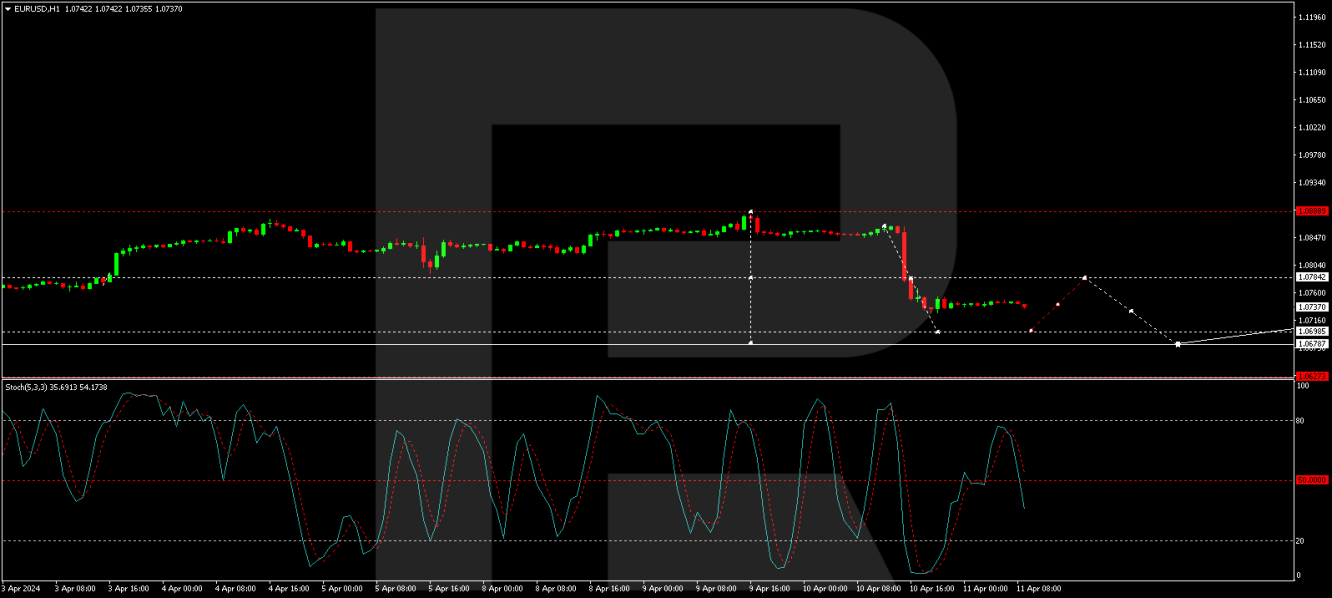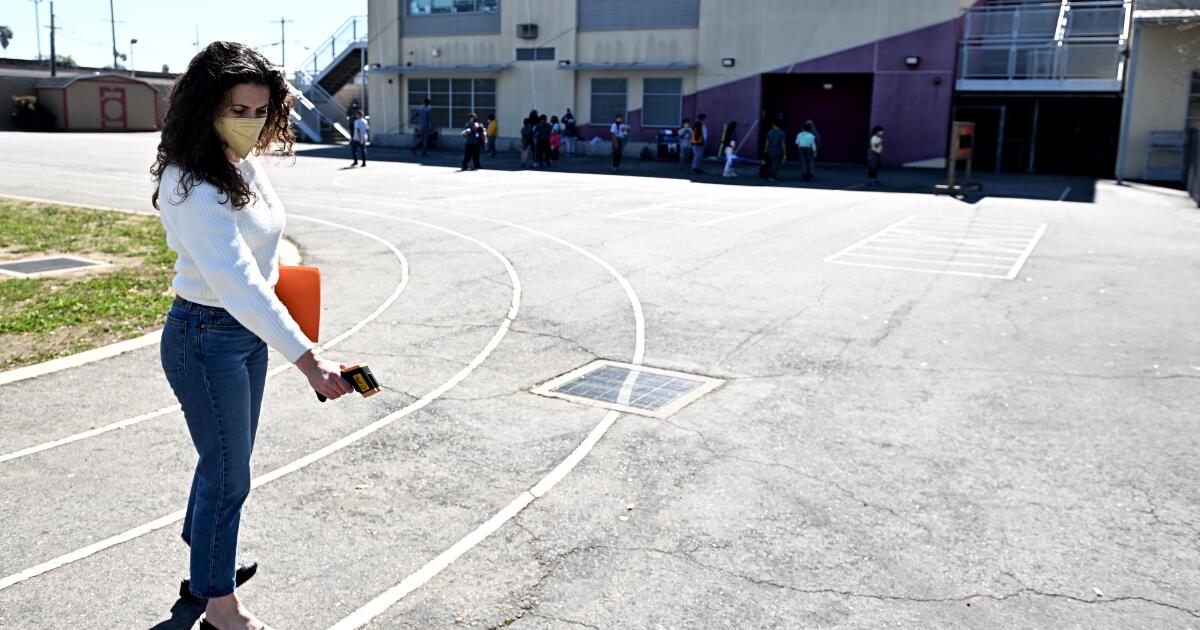The pair has seen a significant decline, stabilizing around 1.0745 on Thursday. This move comes after the United States released inflation data that exceeded expectations, underscoring the ongoing battle against inflation. The consumer price index (CPI) for March rose 0.4% month-on-month, matching the increase in February but exceeding the 0.3% forecast. The annual inflation rate intensified from 3.2% to 3.5%, indicating persistent inflationary pressures.
Core inflation, which excludes volatile food and energy prices, also rose 0.4% in March, maintaining a core CPI of 3.8% year-on-year. These elevated levels of inflation suggest that the Federal Reserve could delay interest rate cuts, a sentiment reflected in the CME's FedWatch tool. The probability of a rate cut in June dropped sharply to 18% following the CPI announcement, a significant drop from the 50% probability seen before the data was released. Expectations now lean toward September for possible actions by the Federal Reserve.
Market predictions have been adjusted to see a rate cut of between 43 and 45 basis points by the Federal Reserve later this year, a sharp drop from the 75 basis points forecast at the start of the week and the 150 basis points forecast at the beginning of the year. The minutes of the recent Federal Reserve meeting further solidified concerns, revealing policymakers' dissatisfaction with inflation trends even before the latest price statistics.
This series of events has reinforced the strength of the US dollar in the foreign exchange market.
EUR/USD technical analysis
H4 chart analysis for EUR/USD shows a correction to 1.0883, followed by a drop to 1.0728 following the recent news. A consolidation range has currently formed around this level, with a potential rise to 1.0784. A break down from this range could lead to a drop towards 1.0700. The MACD indicator, positioned below zero and trending downward, supports this potential scenario.

On the first half chart, the downward trend towards 1.0700 continues, and a possible correction to 1.0780 is expected. This may be followed by a further decline to 1.0680, which represents an initial phase of a broader downtrend. The stochastic oscillator, currently below 80, anticipates a continued decline towards 20, reinforcing the bearish outlook for the EUR/USD pair.
By RoboForex Analysis Department
Disclaimer
Any forecast contained herein is based on the author's personal opinion. This analysis cannot be considered trading advice. RoboForex assumes no responsibility for trading results based on the trading recommendations and reviews contained herein.












